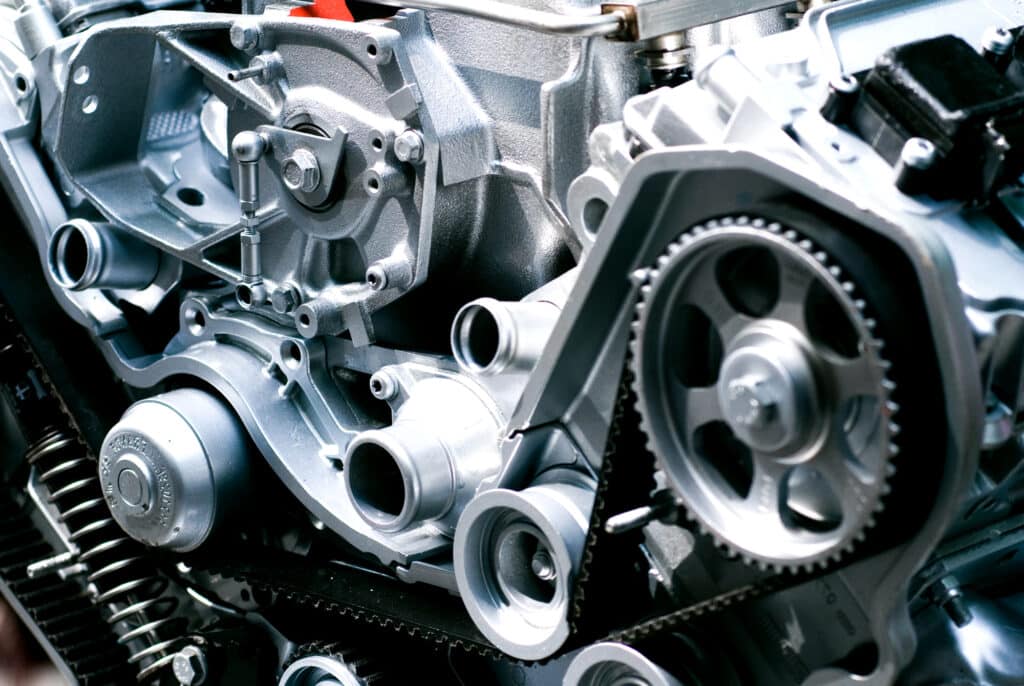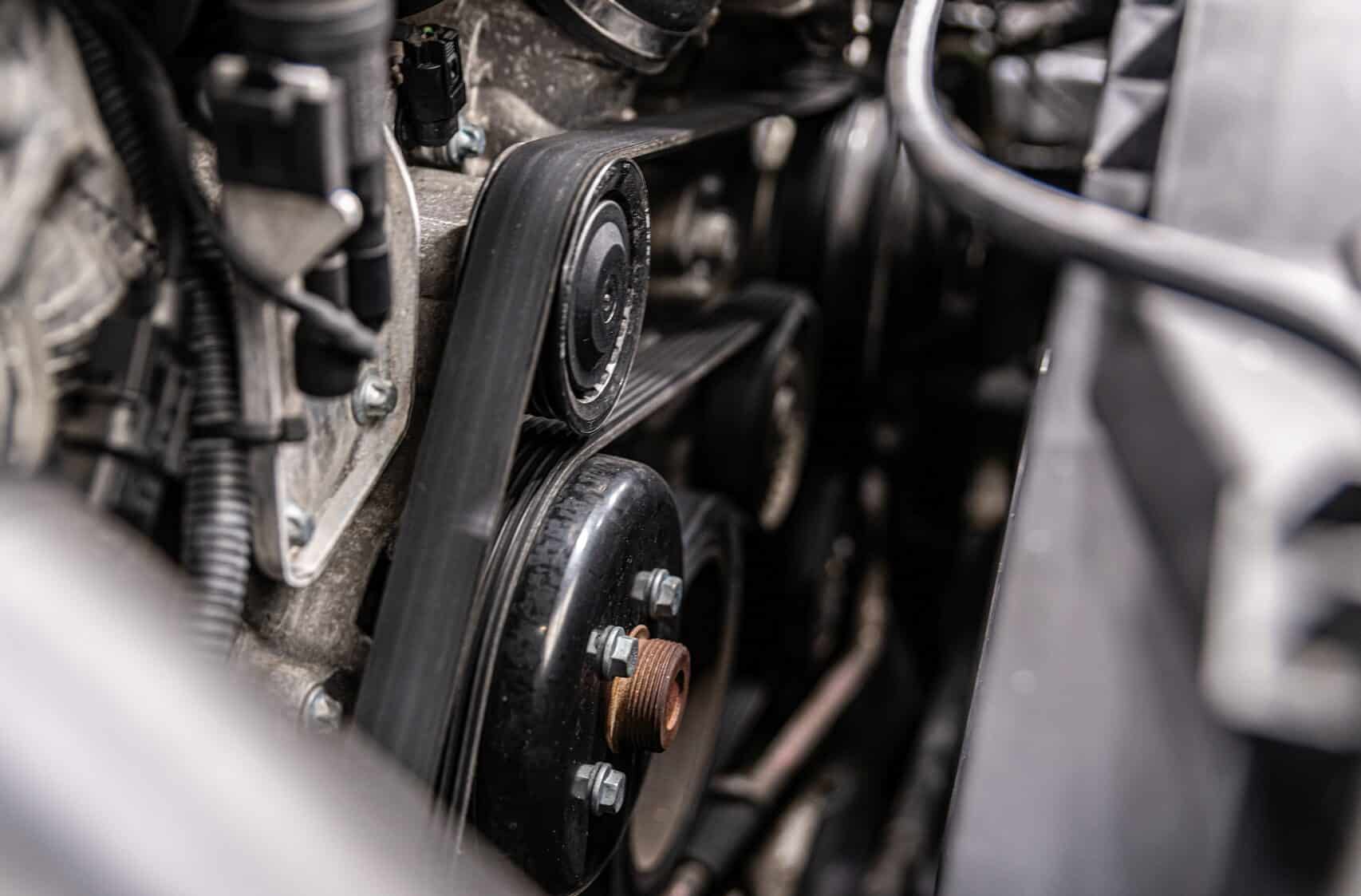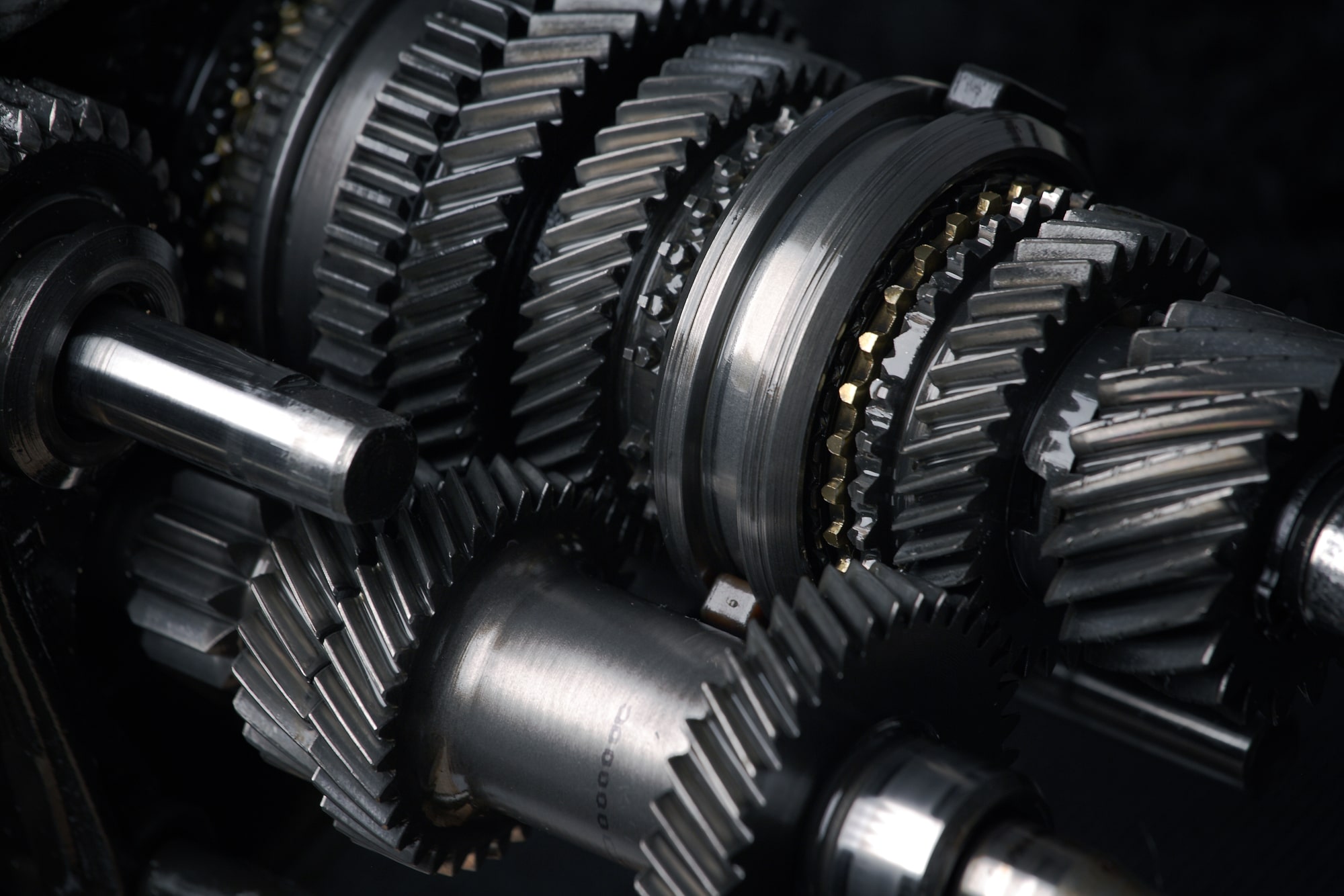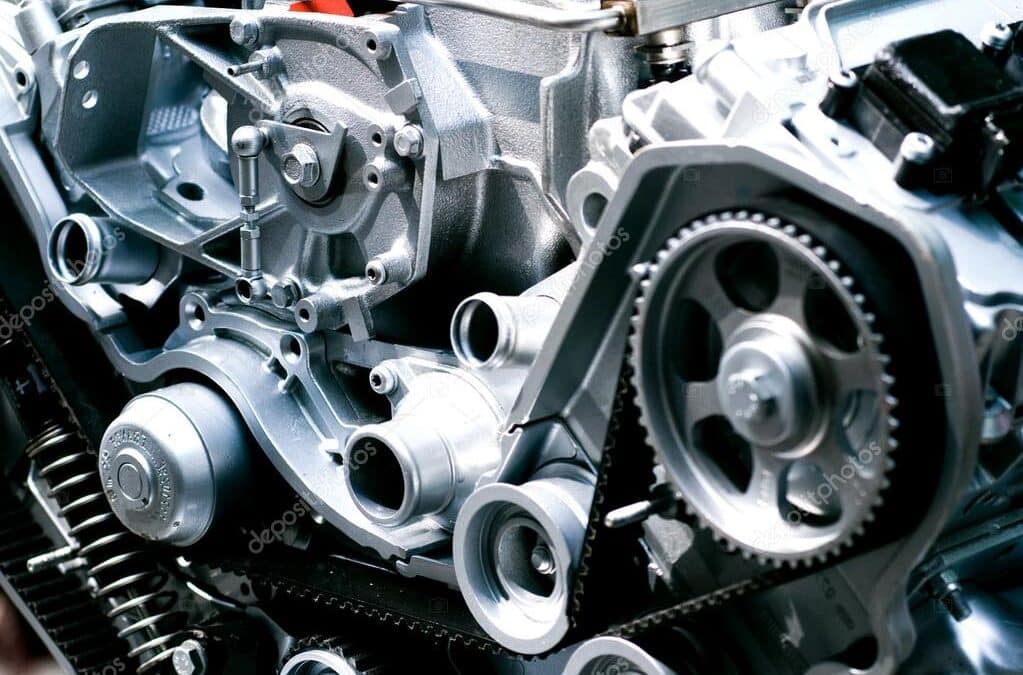Transmission Repair Near Me Salt Lake City UT
When your car begins to show signs of a faulty transmission, it’s time to take it in for repair. It’s a situation that can be stressful and filled with uncertainty, especially if you’re unfamiliar with the process. From the moment you drop off your vehicle to when you pick it up, many questions may swirl through your mind: What procedures will be performed? How long will it take? Is it safe to leave my car overnight? And what if the repairs don’t fix the problem? In this blog post, we’re going to demystify the process of dropping off your car for a transmission repair. Drawing from various sources, we’ll share insights on how to communicate effectively with your mechanic, things to consider when leaving your car at the shop, and steps to take if the repair doesn’t resolve the issue. Let’s dive in and alleviate some of those uncertainties, so your next visit to the auto repair shop near Salt Lake City UT can be seamless and stress-free.
Initial Diagnosis: The Forensic Investigation
Imagine the initial diagnosis of your car’s transmission repair as a captivating episode of a forensic investigation show. Just like how detectives meticulously piece together clues at a crime scene, your mechanic plays the role of an automotive detective to uncover the hidden issues lurking within your vehicle. This phase is the first step in your car’s repair journey, and arguably, one of the most critical.
The initial diagnosis begins with a road test. Your mechanic, like a seasoned investigator, keenly senses the subtle signs – an unusual noise, a slight jerk, or a delayed response. Each symptom offers valuable insight into the condition of the transmission, helping to narrow down potential culprits. This hands-on drive test allows the mechanic to experience the symptoms first-hand, just as you do when you’re on the road.
Next comes the computer diagnostic test. In this stage, your car’s onboard computer is interrogated for any stored trouble codes. These codes can indicate specific issues with the transmission that may not be apparent during a road test. It’s akin to a digital confession, revealing secrets about your car’s health that would otherwise remain hidden.
In essence, the initial diagnosis is a fine blend of human expertise and advanced technology. It sets the stage for the subsequent stages of repair by providing a clear direction for the investigation. So, the next time your car needs a transmission repair, remember – it’s not just a mechanical process, but a riveting forensic investigation with your mechanic leading the charge.

Transmission Repairing Experts
Detailed Inspection: The In-depth Analysis
Imagine stepping into the world of an archaeologist, meticulously unearthing artifacts and analyzing them to understand a lost civilization. This is very similar to the detailed inspection phase in transmission repair, where your mechanic becomes an automotive archaeologist, delving beneath the surface to understand the intricate workings of your vehicle’s transmission system.
This stage begins with the disassembly of your transmission system, a process that requires skill, precision, and a deep understanding of the mechanical landscape. Each component is removed carefully, like precious relics being unearthed. Every gear, every clutch, and every valve body is laid bare, ready for the expert scrutiny of your mechanic.
The inspection process is thorough, leaving no bolt unturned. Each part is closely examined for signs of wear and tear, damage, or any other abnormalities. It’s akin to an archaeologist studying artifacts under a microscope, looking for clues that tell a story. The story here is of your vehicle’s health, narrated through the condition of its transmission parts.
The detailed inspection phase is a vital part of the vehicle repair service process. It offers an in-depth analysis of the state of your vehicle’s transmission, guiding the next steps – be it a minor repair, a major rebuild, or a complete replacement. Much like how an archaeologist’s findings shape our understanding of history, this stage shapes the future course of your car’s journey on the road.
Repair Estimate: The Financial Impact
Imagine standing at the edge of a financial precipice, gazing into the unknown. That’s often how it feels when you’re awaiting the repair estimate for your vehicle’s transmission repair. It’s a pivotal moment, one that brings clarity and perspective to the situation. It’s where the technical jargon meets the tangible reality of dollars and cents.
The repair estimate is a comprehensive document that outlines the expected costs involved in fixing your vehicle’s transmission. It breaks down the costs into several categories – parts, labor, and any additional services. Each line item is like a piece in a financial puzzle, fitting together to reveal the total monetary impact of the repair process.
Navigating the repair estimate might feel daunting, but it’s essential to understand it thoroughly. It’s your financial roadmap, guiding you through the terrain of transmission repair costs. If there are elements you don’t understand, don’t hesitate to ask questions. A good mechanic will be more than willing to explain the details, ensuring you’re fully informed before proceeding with the repairs.
The repair estimate is a crucial stage in the transmission repair journey. It gives you a clear picture of the financial commitment involved, allowing you to make an informed decision. Remember, it’s not just about the cost; it’s about investing in the longevity and performance of your vehicle. So, take that step off the financial precipice with confidence, knowing you’re well-equipped to handle the journey ahead.

Transmission Repair Service
Repair Process: The Surgical Operation
Picture the repair process of your vehicle’s transmission as a complex, meticulously planned surgical operation. Your mechanic takes on the role of a skilled surgeon, making precise incisions, replacing worn-out parts, and restoring your vehicle to its optimal health. This phase is where the initial diagnosis and detailed inspection culminate, setting the stage for the actual repair work.
The repair process begins with the removal of the damaged or worn-out components, much like a surgeon excising a diseased tissue. Each part is replaced with precision, ensuring that the new components fit perfectly and function seamlessly within the transmission system. This phase requires a deep understanding of the system’s intricate workings, a steady hand, and an unwavering attention to detail.
Once the faulty parts have been replaced, the mechanic proceeds to reassemble the transmission system. This phase mirrors the closing stages of a surgical procedure, where every stitch counts. Every component, big or small, must be put back in its rightful place, ensuring that the system functions as a cohesive whole.
The car repair process is a testament to the mechanic’s expertise and craftsmanship. It’s not merely about replacing parts; it’s about restoring your vehicle’s health and performance. So, the next time you hand over your car for a transmission repair, remember – it’s not just a mechanical fix, but a surgical operation, performed with precision and care.
Quality Control: The Assurance Check
The quality control phase in transmission repair is when your mechanic ensures that your vehicle is ready to get back on the road, stronger and more efficient than before. It’s the final checkpoint, assuring you of the quality and reliability of the repair work done.
The quality control phase begins with a thorough inspection of the repaired transmission system. Like a meticulous knight examining every inch of his armor, the mechanic checks each component for proper installation, fit, and function. Each gear, each valve, and each clutch must perform seamlessly, ensuring the smooth operation of your vehicle.
Next comes the performance tests. These are crucial to confirm whether the vehicle is functioning at its optimum level post-repair. It’s like the knight testing the strength and flexibility of his armor before heading into another battle. The vehicle is taken for a test drive, during which the mechanic keenly observes its performance, looking out for any signs of trouble.
The quality control phase is an integral part of the transmission repair process. It assures that your vehicle has been repaired to the highest standards, ready to hit the road with renewed vigor. So, when you get your vehicle back after a transmission repair, remember – it has passed through a rigorous inspection, ready for the road ahead.

Transmission Repair Salt Lake City UT
Pickup and Follow-up: The Road to Recovery
Picture the moment when a patient is discharged from the hospital after a successful surgery. The atmosphere is one of relief and anticipation, mixed with a bit of uncertainty about the journey ahead. The pickup and follow-up phase in transmission repair shares a similar sentiment. It’s the point where you reclaim your vehicle, ready to embark on the road to recovery.
The pickup process is more than just receiving your keys and driving off. It’s an opportunity for you to understand the work that has been done on your vehicle. The mechanic, akin to a doctor, will walk you through the details of the repair, explaining what was fixed, why it was necessary, and how it will improve your vehicle’s performance. This conversation is crucial in ensuring that you are well-informed about your vehicle’s health and condition.
Once you’ve picked up your vehicle, the follow-up phase begins. This is like the post-operative care in a surgical procedure, where regular check-ups are necessary to ensure that the patient is healing well. Similarly, your mechanic may schedule follow-up inspections or services to monitor the vehicle’s performance and address any potential issues.
The pickup and follow-up phase is an integral part of the transmission repair process. It ensures that your vehicle’s road to recovery is smooth and steady. Remember, like a patient after surgery, your vehicle needs time and care to regain its optimal health and performance. So, take this journey with patience and confidence, knowing that your vehicle is on the right track.
Conclusion
Understanding what happens when you drop your car off for transmission repair can help alleviate some of the stress associated with the process. You’ll know what to anticipate at each stage, from initial diagnosis to the final quality control checks. Remember, the goal is not just to fix a problem, but also to ensure your vehicle continues to serve you efficiently and safely. So, next time you find yourself in need of transmission repair, trust your mechanic to perform a delicate surgical operation on your vehicle and guide it toward a full recovery. Whether it’s a small repair or a major overhaul, rest assured that your mechanic will give their best to get you back on the road with confidence. Remember, it’s not just about fixing your car – it’s about restoring your peace of mind. That is the true value of quality transmission repair. Contact Pyle Automotive today for all your transmission needs by calling (801) 467-7455 or schedule online.

